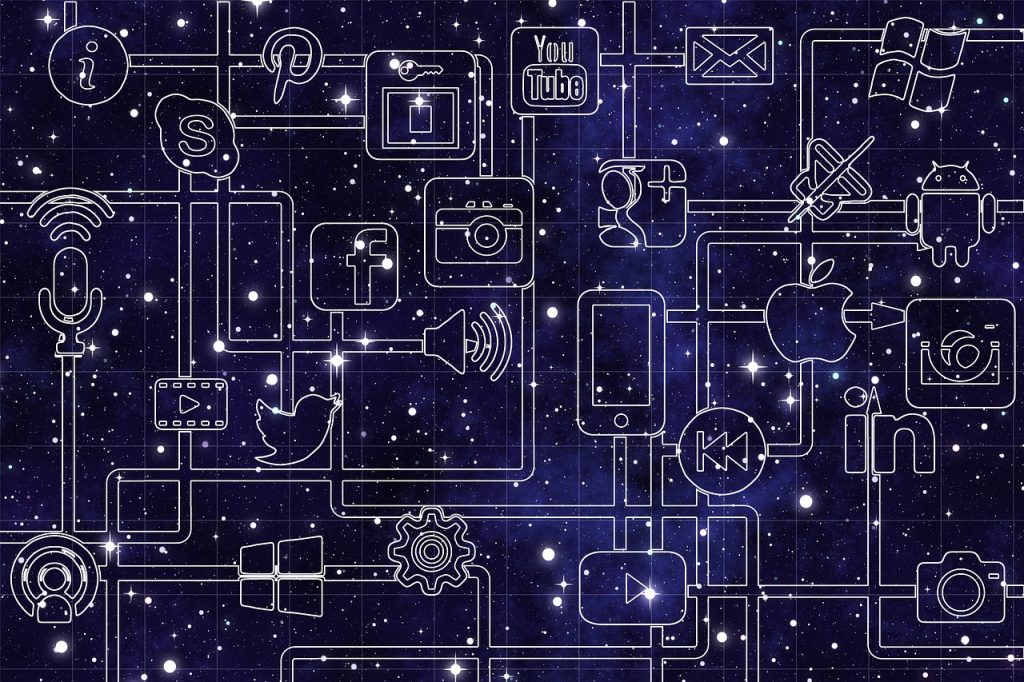
GUEST POST from Art Inteligencia
Social analysis is the practice of understanding how individuals, groups, and societies interact with each other and how they are structured. It is an interdisciplinary field of study that draws on various methods and theories from the social sciences, including sociology, psychology, and anthropology.
Social analysis seeks to explain why social relationships and institutions take the forms they do, how they are maintained, how they change, how they are experienced, and how they are shaped by broader social, economic, and political contexts. In addition, social analysis is used to identify and address social problems, as well as to develop strategies for social change.
The term social analysis is often used interchangeably with other terms, such as social research, social science, and social theory. However, social analysis is distinct from these other terms in its focus on understanding the social dynamics of a particular situation. Social analysis is not only concerned with the empirical data collected from a certain society, but also with understanding the underlying social forces that shape its dynamics.
Social analysis often employs a variety of methods, such as interviews, surveys, and participant observation. In addition, it can draw on other sources of data, such as archival records, census data, and quantitative analysis.
Social analysis is an important tool for understanding the complexities of social life. It provides insights into how individuals and groups interact, how they are structured, and how they are shaped by larger social and economic forces. Social analysis can also be used to identify and address social problems, as well as to develop strategies for social change.
Image credit: Pixabay
![]() Sign up here to get Human-Centered Change & Innovation Weekly delivered to your inbox every week.
Sign up here to get Human-Centered Change & Innovation Weekly delivered to your inbox every week.
Pingback: The 10 Key Components of Future Studies | Human-Centered Change and Innovation
Pingback: Five Secrets to Using Social Analysis in Futurology | Human-Centered Change and Innovation